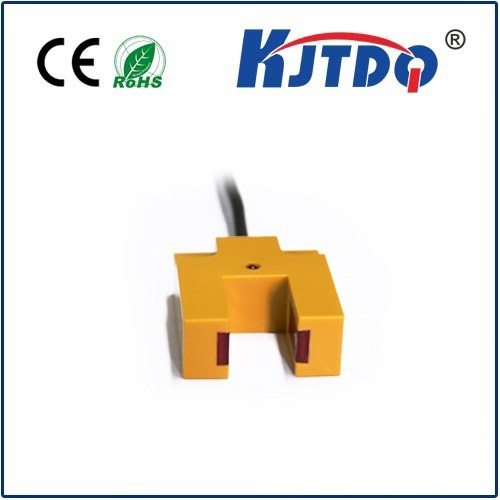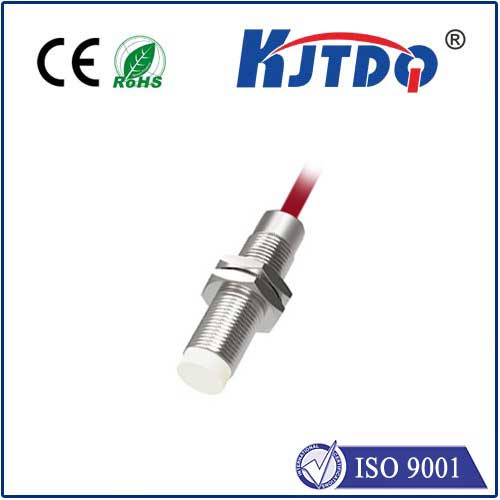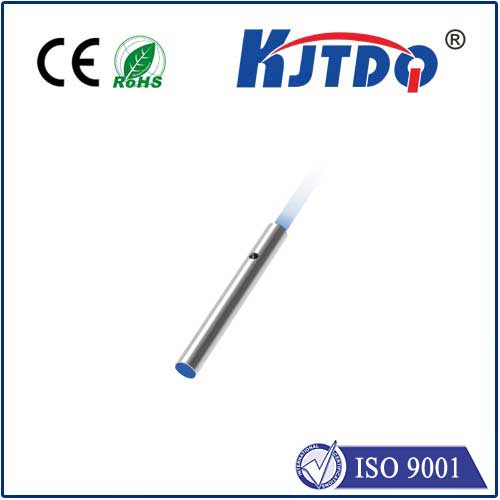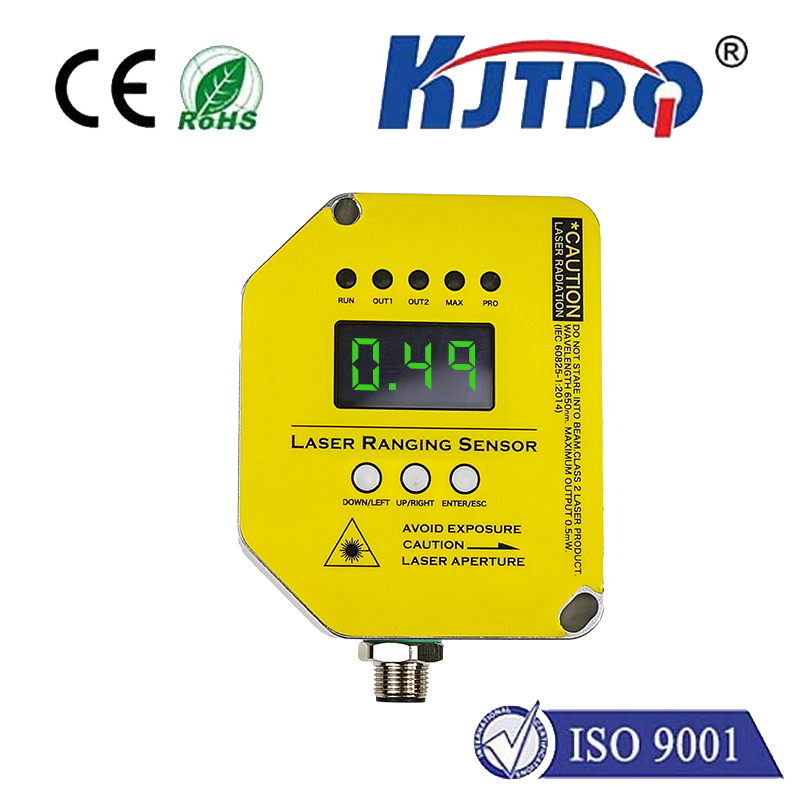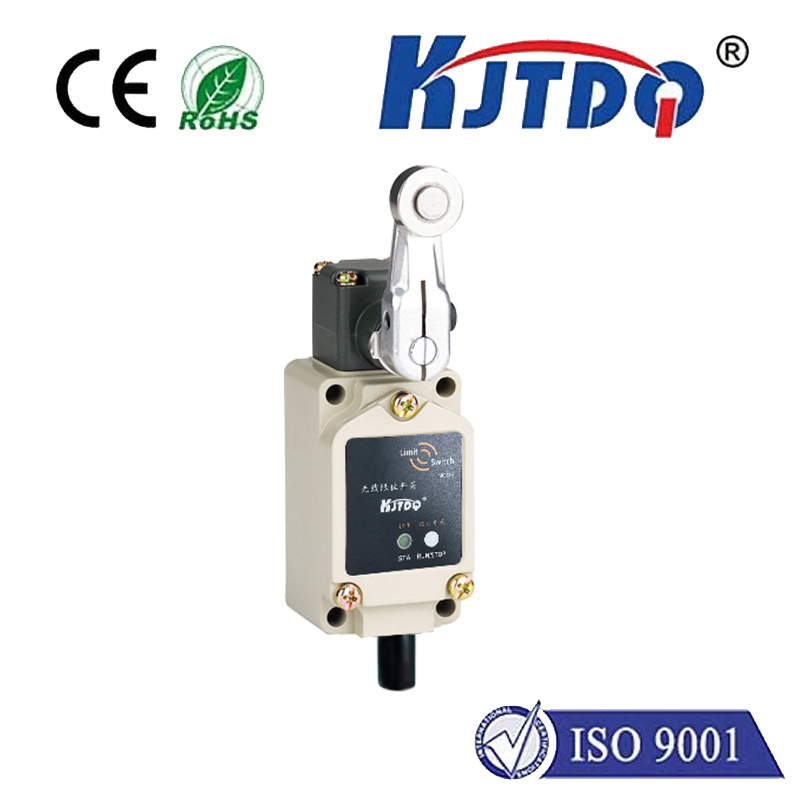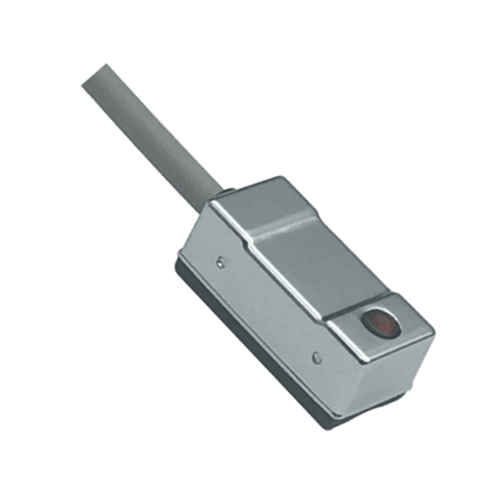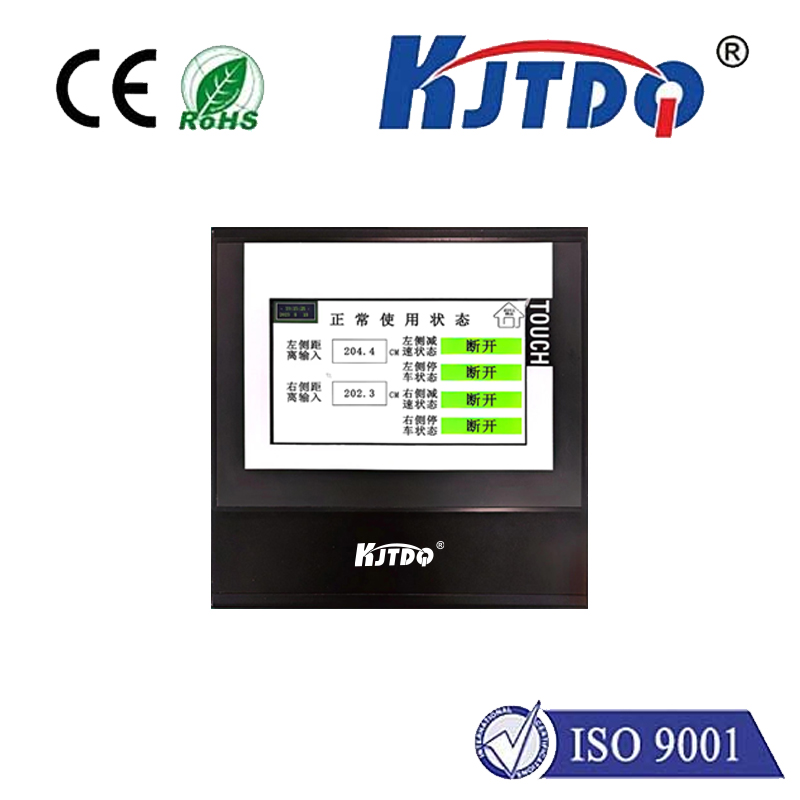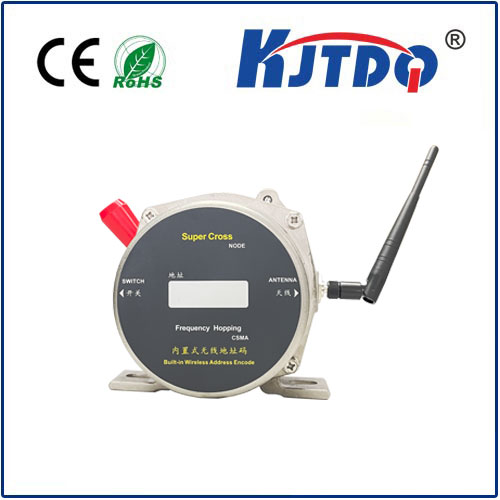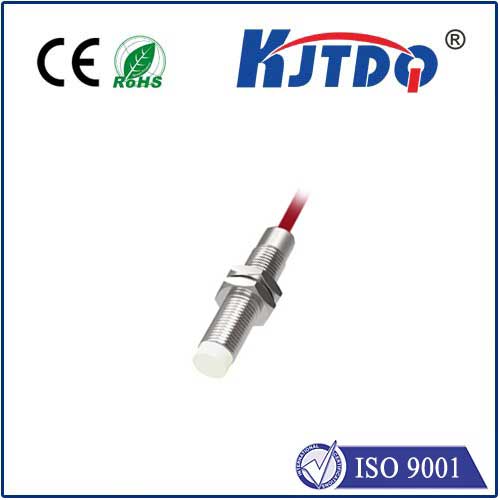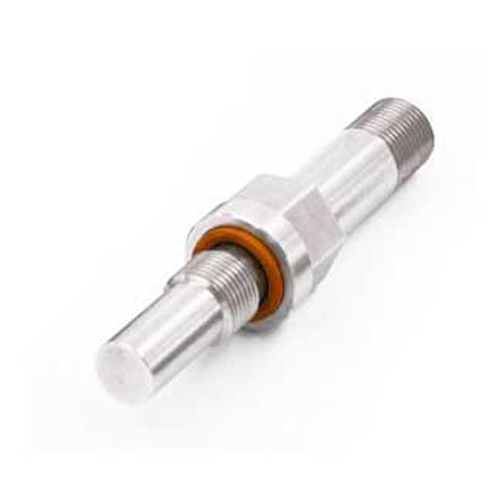

check

check

check

check

check

check

check

check

check

check
ever Actuator Limit Switch: A Crucial Industrial Automation Component
In the world of industrial automation, precision and control are paramount. One component that has become indispensable in achieving these objectives is the lever actuator limit switch. This device plays a crucial role in monitoring and controlling machinery operations, ensuring efficiency and safety in various industrial applications. In this article, we will delve into the significance of lever actuator limit switches and their impact on industrial automation.
Understanding Lever Actuator Limit Switches

A lever actuator limit switch is an electromechanical device used to detect the presence or absence of an object within its range. It consists of a lever, a switching mechanism, and an actuating assembly. The lever is connected to the moving part of the machinery, such as a piston or valve, which activates the switch when it reaches a predetermined position. The switch then sends an electrical signal to the control system, triggering appropriate actions like stopping the machine or initiating another process.
Applications of Lever Actuator Limit Switches
Lever actuator limit switches have numerous applications across various industries, including manufacturing, packaging, material handling, and transportation. They are commonly used in conveyor systems to monitor product flow, in robotics to ensure accurate positioning of robotic arms, and in HVAC systems to control temperature and humidity levels. Additionally, they can be found in elevator controls, where they monitor轿厢position and prevent overtravel situations.
Advantages of Using Lever Actuator Limit Switches
The use of lever actuator limit switches offers several advantages for industrial automation. Firstly, they provide reliable and accurate feedback on machinery operations, reducing the risk of equipment damage or downtime due to unexpected events. Secondly, they enhance efficiency by automating processes that would otherwise require manual intervention, resulting in increased productivity and reduced labor costs. Finally, lever actuator limit switches improve safety by detecting potential hazards and taking corrective action before accidents occur.
Conclusion
Lever actuator limit switches are essential components in industrial automation that contribute significantly to improving efficiency, reliability, and safety in various applications. Their ability to monitor machinery operations and trigger appropriate actions makes them invaluable tools for manufacturers seeking to optimize their processes and reduce costs. As technology continues to advance, lever actuator limit switches will likely become even more integral to industrial automation, further enhancing their already significant impact on the industry.
